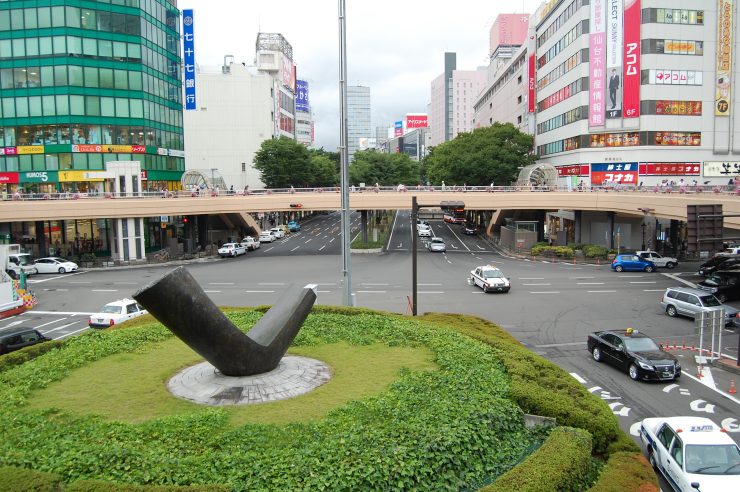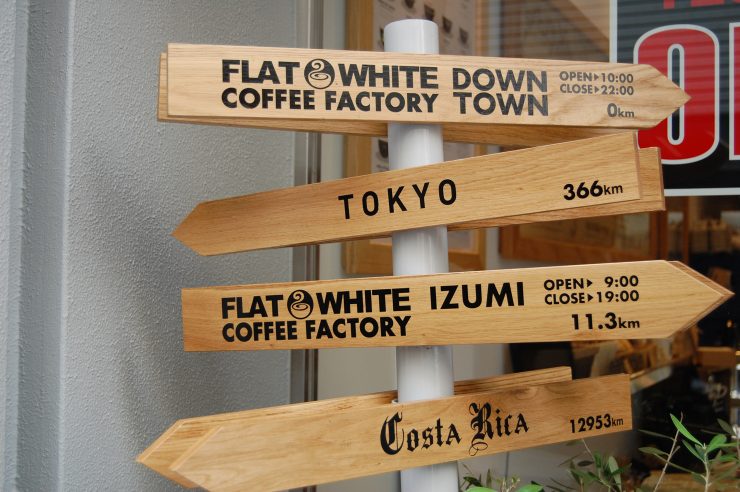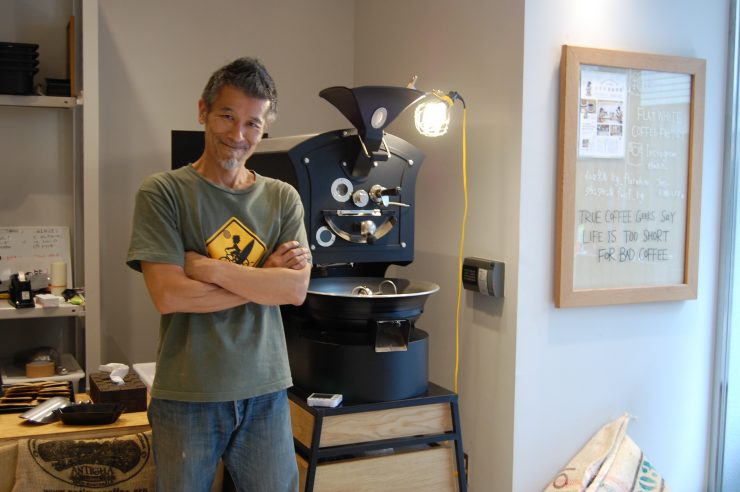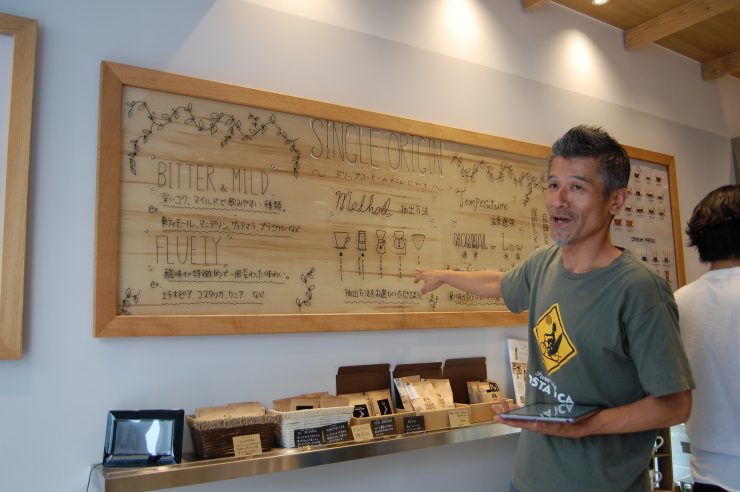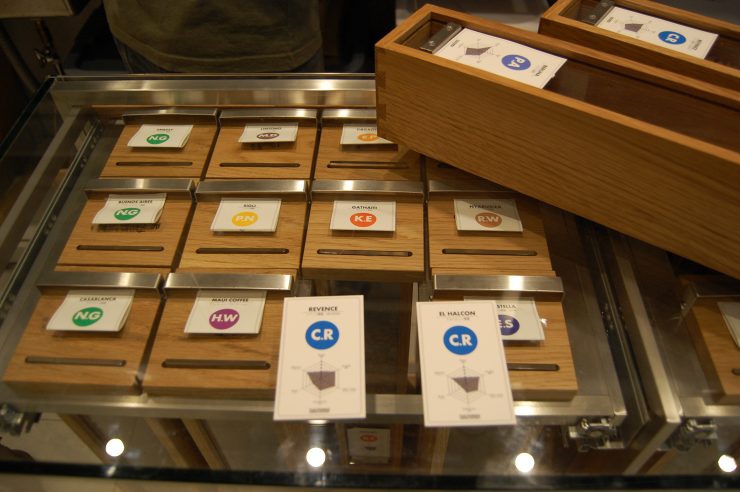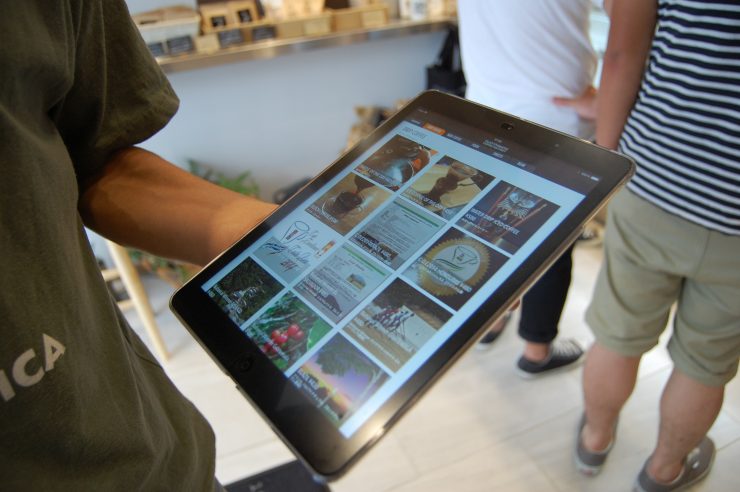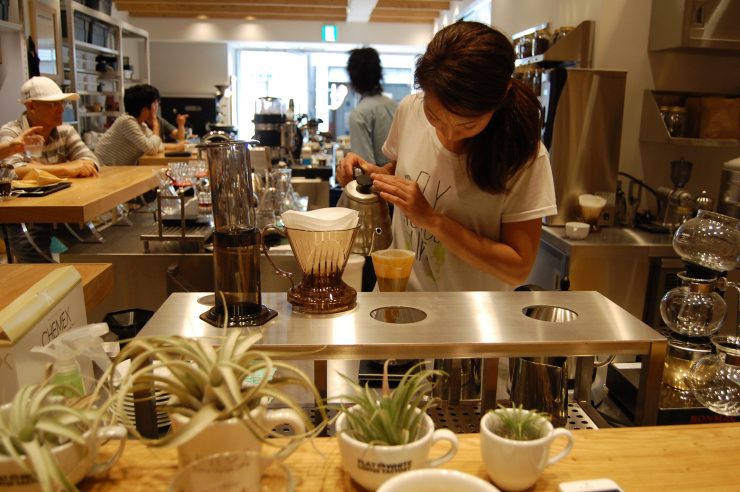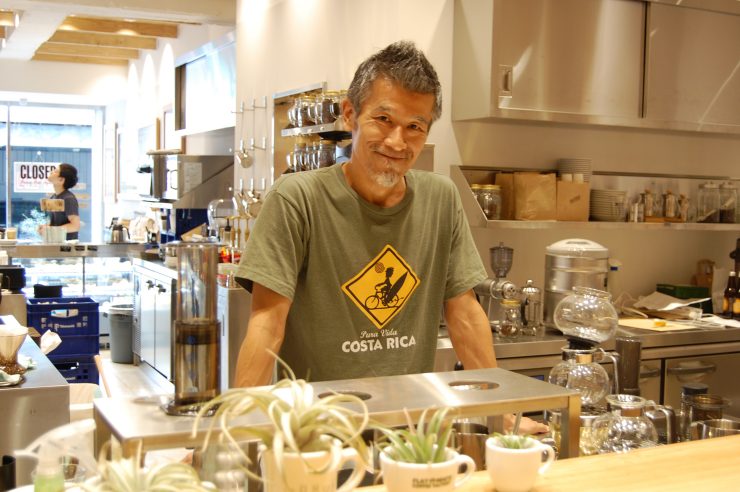March 11, 2011 is a day that will forever live in Japan’s long history. On that day, a 9.0 earthquake—referred to now as the “Great East Japan Earthquake” or the Fukushima Earthquake—devastated the Tokohu area of Japan, and leveled much of the city of Sendai. For those outside the region, thoughts quickly turned to fears over radiation from the Fukushima nuclear plant, a story that dominated the American news cycle for several months following the quake. But on the ground here in Tokohu, over four years later, Sendai is in the midst of a massive reconstruction effort. Signs, monuments and lines scattered across buildings, train stations, and airports show just how high the massive waters flood the city. It’s hard to bring things back to normal.
Located 366 kilometers (227 miles) north of Tokyo, Japan’s “City of Trees” For the outsider, Sendai is a mid-sized urban area operating at a slower place than megacities like Tokyo or Osaka. The local delicacy is gyutan—BBQ cow tongue. For about a million people (as of 2010) it’s home. One of those million or so folks is Yoshitaka “Mickey” Nakazawa, the co-owner of Flat White Coffee Factory. Nakazawa’s professional background ties together both the history of modern Japanese coffee and a celebration of the Tokohu area after the Great East Japan Earthquake. He’s literally helping rebuild this city by fueling it with great coffee, and his work is a window into how for the survivors, in the face of impossible tragedy and disaster, life most assuredly goes on.
In August 1996, Starbucks opened its first store in the very fashionable and ritzy Ginza district in Tokyo. Nakazawa was working in the marketing department of a bank next door. Like so many individuals working in specialty coffee around the world, he got his start at Starbucks. He would also go on to help launch the first Tully’s location in Tokyo, and also worked with Doutor, one of the largest Japanese coffee chains. In late 1998, Nakazawa moved to Auckland, New Zealand, to learn English at a language school in hopes of returning to Japan to help another American coffee chain succeed there. While in Auckland, he fell in love with the flat white and New Zealand’s coffee culture, and fell in with Sierra Coffee, working his way up to barista (although he couldn’t speak English). The lessons learned in New Zealand would influence the rest of his life as a coffee professional.
Back in present-day Sendai, the Flat White Coffee Factory offers an unusually technical menu. Among the expected array of espresso-based beverages and associated drinks (including, of course, the flat white, a rarity in northern Japan), customers can choose their beans based on taste “bitter” or “fruity & mild”. Next, they can choose their preparation method (pour-over, AeroPress, Chemex, siphon or metal cone) and finally the coffee preparation’s temperature, normal or low.
For customers looking to take fresh-roasted beans home, on the day of my visit an astonishing 24 different single-origin coffees were available for purchase. For the less experienced coffee consumer, Nakazawa and his team created a unique vertical drawer system that not only shows customers the beans, but has cupping notes for customers to choose their own preference. While many Japanese roasters may take great pride in their blends, Nakazawa and team prefer to sell single-origin coffees. “They are beautiful,” Nakazawa tells me, “and we want our customers to make their own original blends at home. We can always recommend which coffees they should buy, but we strive for customers to learn about the differences between single origins and choose for themselves.” For the college students, business people, and elderly customers at the cafe during our visit, this is the most innovative coffee shop they have ever seen—they are hooked.
At the time of our visit, we choose two Costa Rica coffees, “Revence” and “El Halcon” prepared via V60. Nakazawa proudly wore a “Pura Vida” Costa Rican t-shirt, reminiscing about a recent sourcing trip. The “Revence” had notes of strawberry, floral, and a syrupy finish. The “El Halcon” had sweet dried fruits and red wine notes alongside milk chocolate and jasmine. Each coffee came with its own info card, yielding information on elevation, coffee verity, facts about the farms, and cupping comments. Flat White Coffee Factory is truly in the business of educating their clientele—important in any coffee bar, but doubly so here in Sendai, a small city recovering from a huge disaster.
When everything gets knocked down, your identity changes; you start anew. Maybe Sendai will never become a major tourist destination, but who knows? The city is rebuilding. There is an exciting, innovative, world-class coffee company here now, educating locals and proudly making a bid to become one of Japan’s best. Flat White Coffee Factory is helping create a new identity for Sendai. This is what rebuilding looks like, and in the hands of Mickey Nakazawa, this place has a beautiful—and very delicious—future to share.
Flat White Coffee Factory is located at 1-Chome 1-17 1F, Miyagi-ken, Sendai.
Richard Sandlin (@RDSandlin) is an American coffee professional and Sprudge contributor based in Oakland, California. Read more Richard Sandlin on Sprudge.
Ayuchi Haga Sandlin (@ayuchiiiii) is an environmentalist and graphic designer based in Oakland, California. This is Ayuchi Haga Sandlin’s first feature for Sprudge.
The post Rebuilding With Coffee After The Fukushima Earthquake appeared first on Sprudge.


